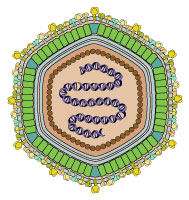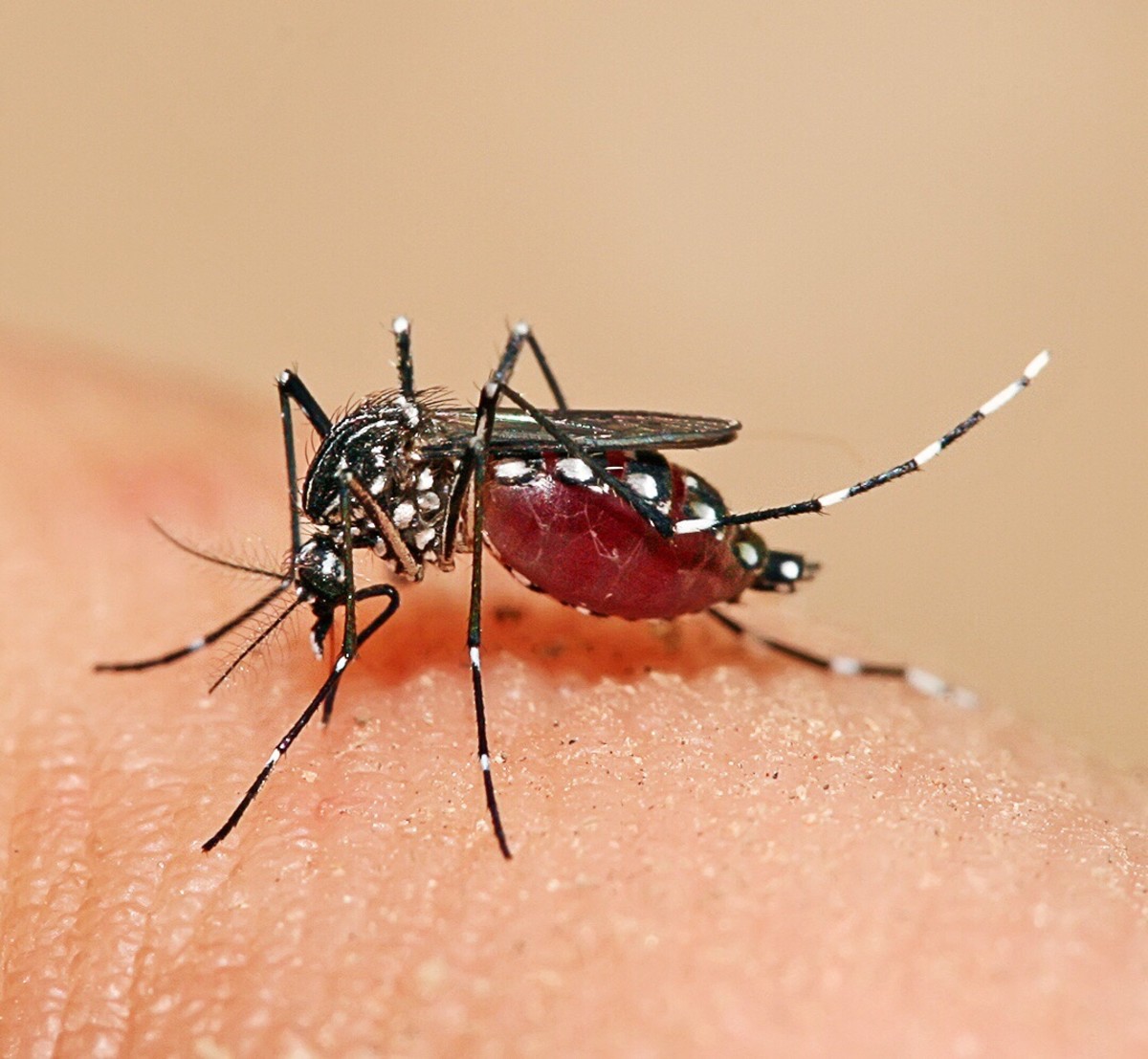Bee toxin 'melittin' brings new hope for treatment and prevention of HIV and AIDS

A bit about the structure of a virus
HIV is a virus, and like many viruses it has has three main structural aspects. In the very centre is the genome, which is a bundle of coded instructions that allow a virus to replicate once it has invaded a host cell. Surrounding this is a protein case called a capsid. The outermost layer (and note that not all viruses have this, but many do, including HIV, Hepatitis B and Hepatitis C) is the viral envelope, a shell which is most commonly acquired from a host cell upon departure and augmented by receptor proteins. The key point to take away from this is that a viral envelope and a cell membrane are structurally similar.
How does a bee toxin fight a virus?
Melittin is a toxin that bees inject when they sting you. The reason that this toxin is harmful is that it contains a cell membrane lytic factor, which means that it floats around carving big holes in our cell membranes. This in turn causes the cells to break apart (a process termed lysis) and die a tragic death.
Now remember that we said HIV acquires its viral envelope by stealing from a host cell? As it turns out, Melittin doesn't distinguish between our cell membranes and the viral envelopes. This means that it cleaves its way through a viral particle (also known as a virion) as easily as it would a human cell. The remaining problem, of course, is how does one direct melittin to kill the HIV virions without killing our cells at the same time?
Classic Virion

Treatment of HIV and AIDS
Instead of simply drowning their cell cultures in toxins, which would kill cells and virions alike, the team of researchers at Washington University used minute structures called Bumpered Nanoparticles. As virions are many times smaller than cells, the researchers delivered the melittin using nanoparticles covered in 'bumpers,' which are struts extending away from the centre of the nanoparticle which prevent contact between our cells, which are quite big, and the nanoparticles. The small virions, however, can easy slip past these bumpers, whereupon they come into contact with the melittin and are cleft into many pieces.
Can the virus adapt to this treatment?
A remarkable feature of this approach is that an attack on the viral envelope is not something that a virus can readily adapt to avoid. By comparison, overuse of antibiotics can often cause a resistant strain of bacteria to build up via process of natural selection. This means that the nanoparticle approach could theoretically be used to treat HIV indefinitely.
An exciting point made by the researchers is that this method could be applied to many other viruses that have viral envelopes, such as hepatitis B and C. Evidence on the efficacy of such applications is, as yet, unavailable.

The practical applications
As you can see by the global prevalence diagram above, HIV is one of the biggest problems facing the medical world as it steps into the 21st century. This study was a big step forward in the fight against HIV. The application that the researchers are currently pursuing is the development of a gel which will serve as a preventative measure, and will possibly be combined with a contraceptive gel in future. Whilst no current studies pursuing such an end are under way, the researchers speculated that melittin nanoparticles could be manipulated so that they would be suitable for intravenous injection, which could serve to treat or even cure those already infected. Such an eventuality, however, is still a number of years away, as current efforts are being focussed on developing a prophylactic gel.








